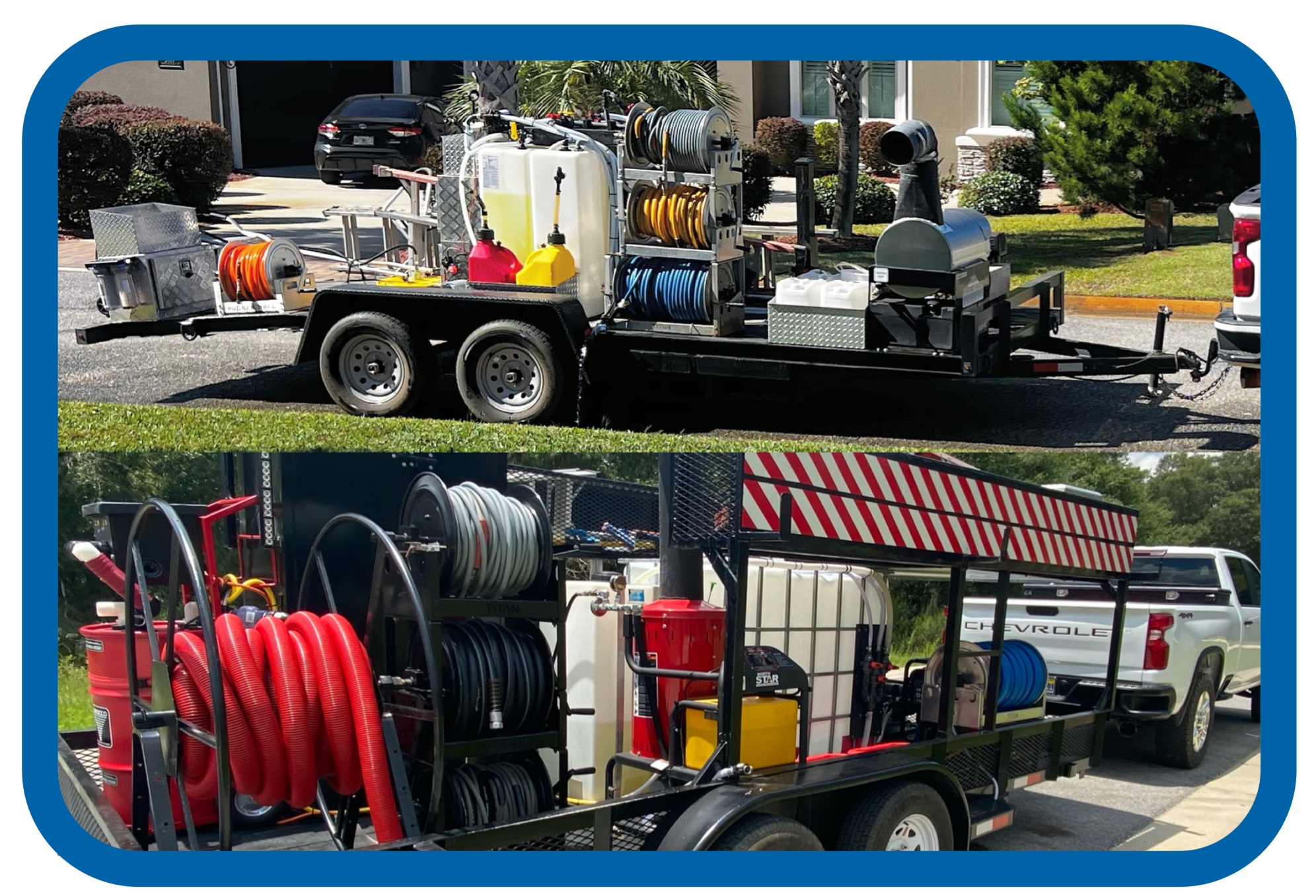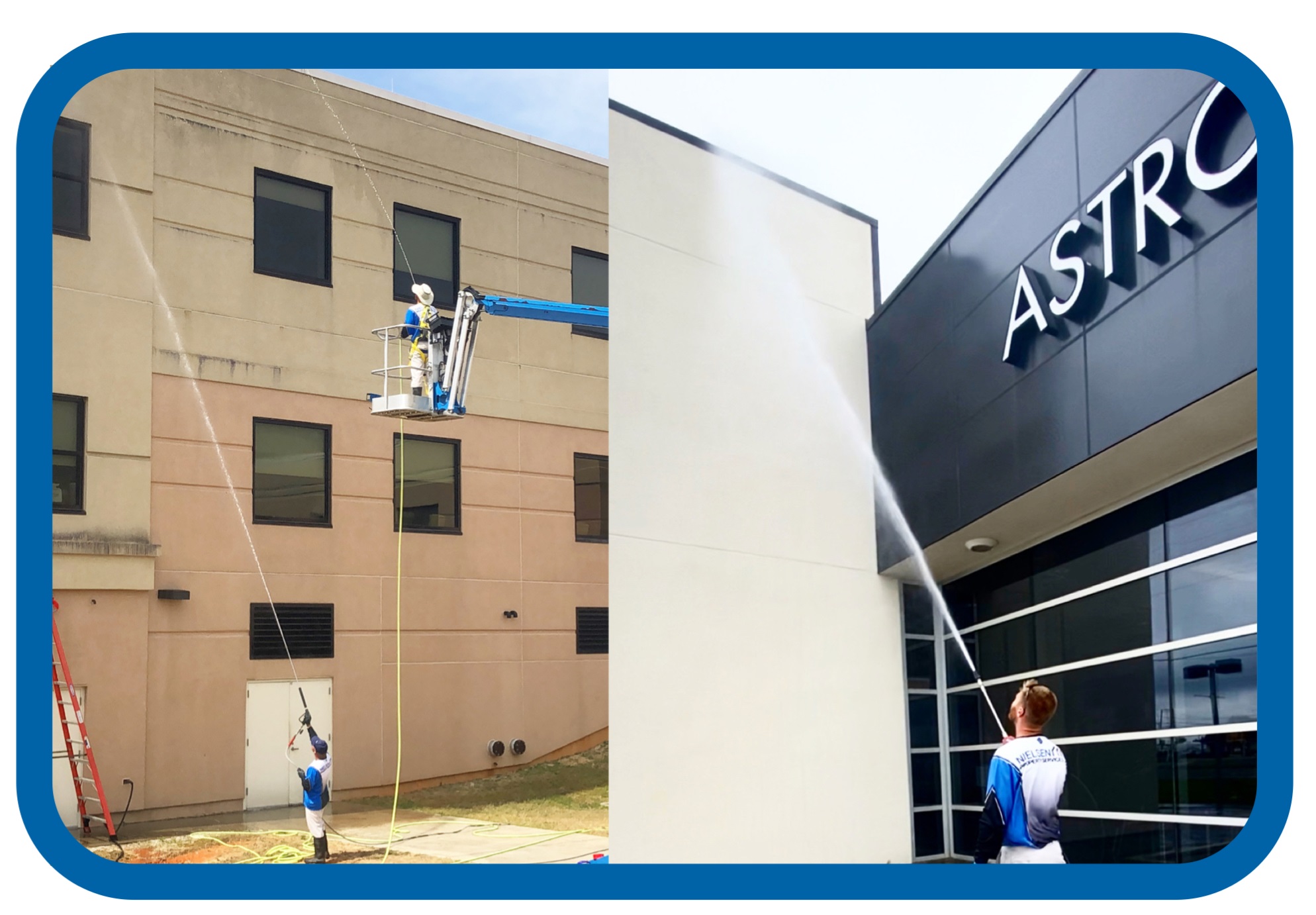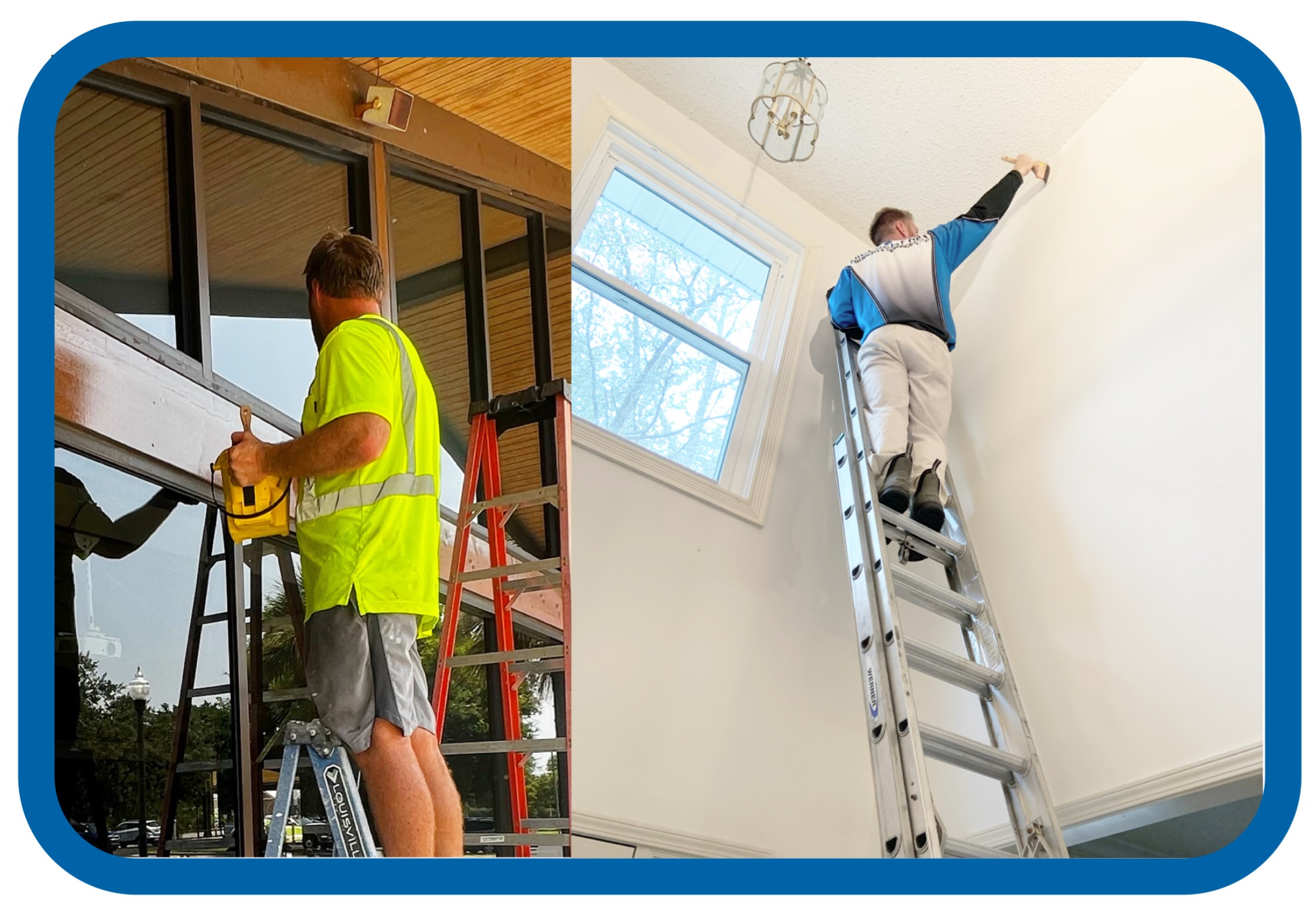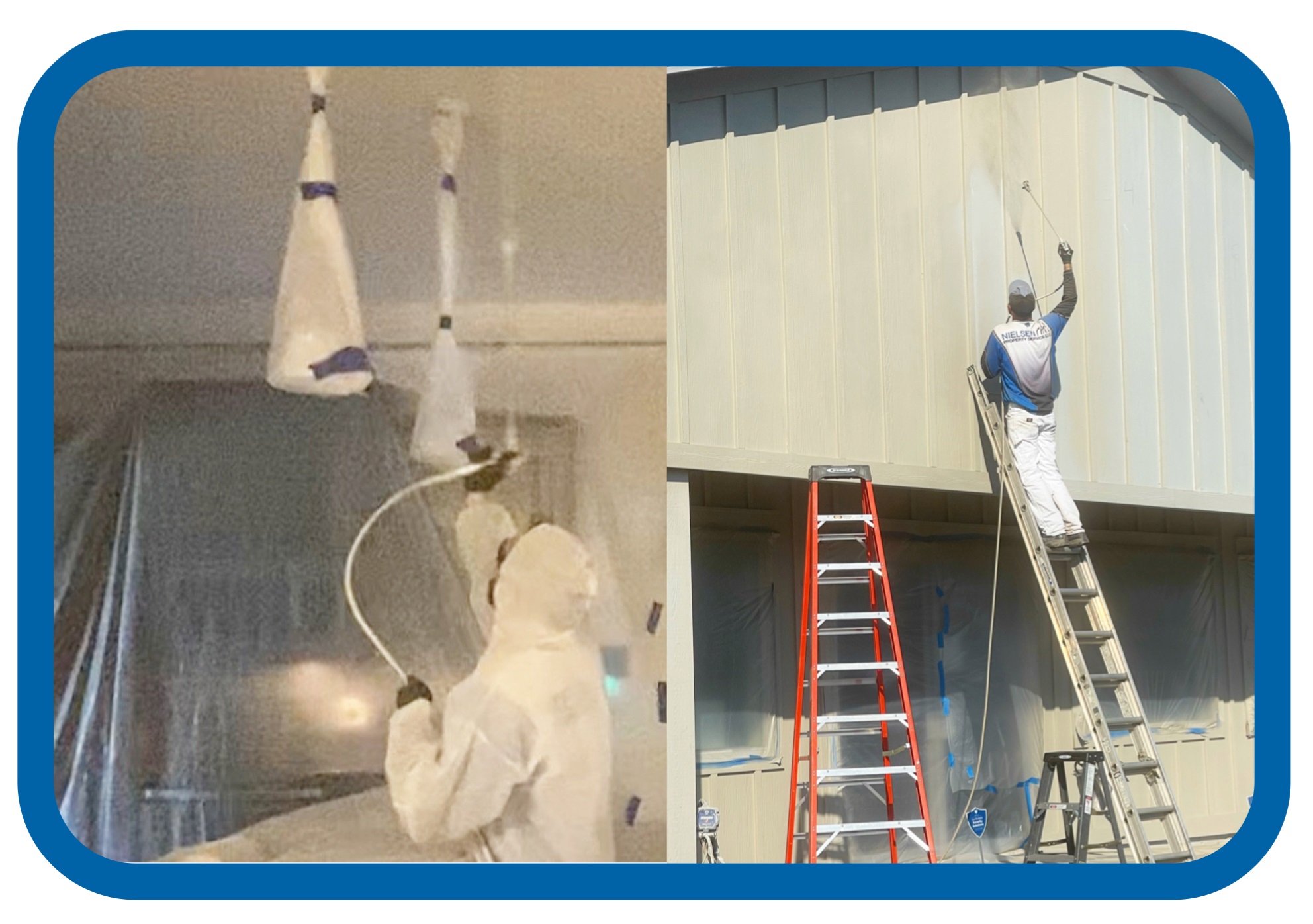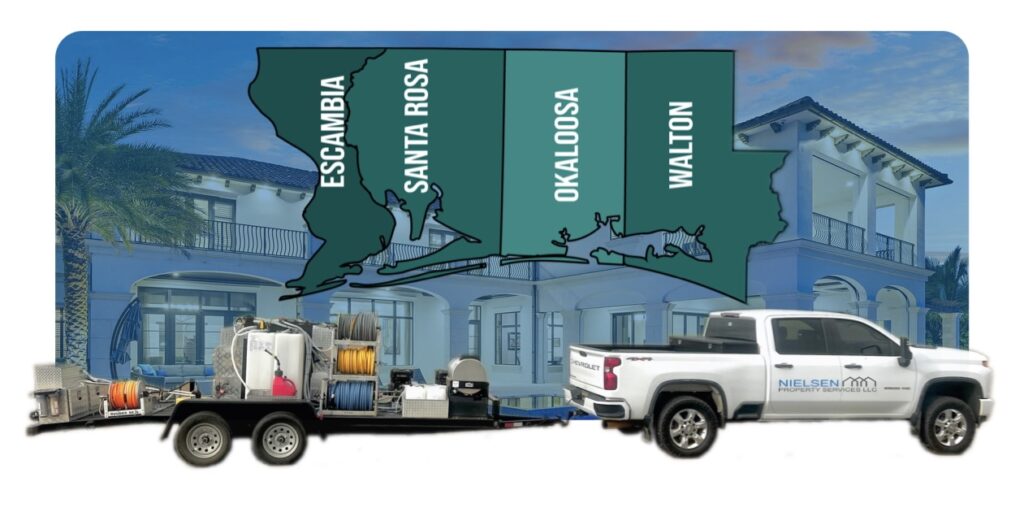
I’m sure you have noticed the black, streaky roof stains on your daily commute. Despite the popular urban myths that the black streaks and stains on your roof are caused from jet fuel, old rain, or algae that was shipped from China, this unsightly scourge is actually home-grown, and a living, thriving organism that is quite literally eating our homes! It is a cyanobacteria called Gloeocapsa Magma; Latin translation is “Glue Box Ointment”.
This un-slightly roof infestation is only going to spread faster in the coming years and poses a real threat to the most important part of your house or business: the roof. Roof stains are literally a growing problem in many parts of the country, and we need to understand exactly what’s happening and how it affects us all.
Roof shingles were formerly made of asphalt-saturated felt, produced from scrap cotton rags and wood chips. When synthetic textiles eliminated the cotton rag market, and the world saw higher petroleum prices in the 1990s, manufacturers switched to heavier more wind-resisting shingles made with limestone fillers. Well, unfortunately, Cyanobacteria loves limestone, and the heavier shingles give the bacteria a perfect habitat to flourish. This, along with the explosion of “suburbia” in the years 2000-08 and 2012-present with subdivisions where wind can easily spread algae spores from roof to roof, has mightily contributed to the ugly roof-streak epidemic.
The roof staining problem is only going to grow at a compounding rate. Shingle manufactures have started producing “algae resistant” shingles which do inhibit the growth for approximately 5-10 years. All the houses built in 2000-08, are reaching the age where their shingles are losing their ability to fight off the bacteria. This, multiplied by the dispersal patterns and life cycle of cyanobacteria, create the perfect storm for the bacteria to run rampant.

So what does this mean to the typical Northwest Florida Panhandle homeowner? Unfortunately, this infestation growing on your roof is not just unsightly. If left uncontrolled, it will compromise the integrity and functionality of your roof!
The most damaging trait of this bacteria are the biological compounds it releases. These compounds are sticky, and act like magnets to attract fungi (lichens) and moss. Gloeocapsa Magma forms a symbiotic relationship with these two very destructive organisms. Lichens attach to the granules of the roof and retain moisture. This lifts the shingles, making your roof more susceptible to wind damage and leaks.
Roof-moss, which also starts growing on the under-lip of the shingle retains large amounts of water and produces a wicking affect, allowing water to get under the shingle. This is also a major cause leaks and roof decay.
Another overlooked threat is the damage to the normal reflective properties of your roof. The black streaks and biological matter which the bacteria produce, absorbs the suns’ ultraviolet rays, causing hot spots and overheating, which costs you more to cool your house. Another problem is that this infestation will also migrate off your roof to your gutters, driveway, sidewalk and deck! This is noticeable by the black stains that look like dirt on the walkways around your home.

It’s very noticeable on some streets where the water runs into the drain, leaving tell-tale black residue leading up to storm drains. Black stains also account for lower resale values and lower property appraisals…not to mention, it makes your home harder to sell due to lowered curb-appeal.
What the future holds:
It’s definitely not out of the question to foresee a day coming when HOAs will require roof-cleaning periodically since the bacteria can spread from your root to your neighbors roof. Additionally, more and more insurance companies are starting to cancel policies if you have this damaging bacteria because they understand what it leads to. Some insurance companies are denying claims for poor roof maintenance as well, and it’s likely that more will follow suit.
Finally the good news!
There are safe and cost effective ways to remove the bacteria from your roof, sidewalk, driveway, and deck… and keep it from coming back for at least 2-3 years at a time. There are now chemical washing techniques that are recommended by all major shingle manufactures, and they list removing biological matter from your shingles as a required maintenance to avoid leaks and early roof replacement.

Even better, the cost of cleaning your roof is very inexpensive; about 95% less than replacing your roof, so it’s really a smart und responsible decision to have a professional clean your roof, using not just low water pressure, but the proper chemical treatments as well, to stop the bacteria from immediately returning.

Nielsen Property Services has cleaned thousands of roofs, homes, buildings, driveways, walkways, etc. in Escambia, Santa Rosa, Okaloosa, & Walton County. We are the highest volume exterior cleaning company in our area, with crews cleaning home & building exteriors 6 days a week, all year round. Our staff is properly trained on how to identify and remove every different kind of stain on your property. Nielsen Property Services also invests in industry leading equipment so our staff can work efficiently while providing you with the deepest cleaning possible. Here are just a few examples of our work. You can view thousands of pictures and videos of our work on our Facebook and Google page.



















